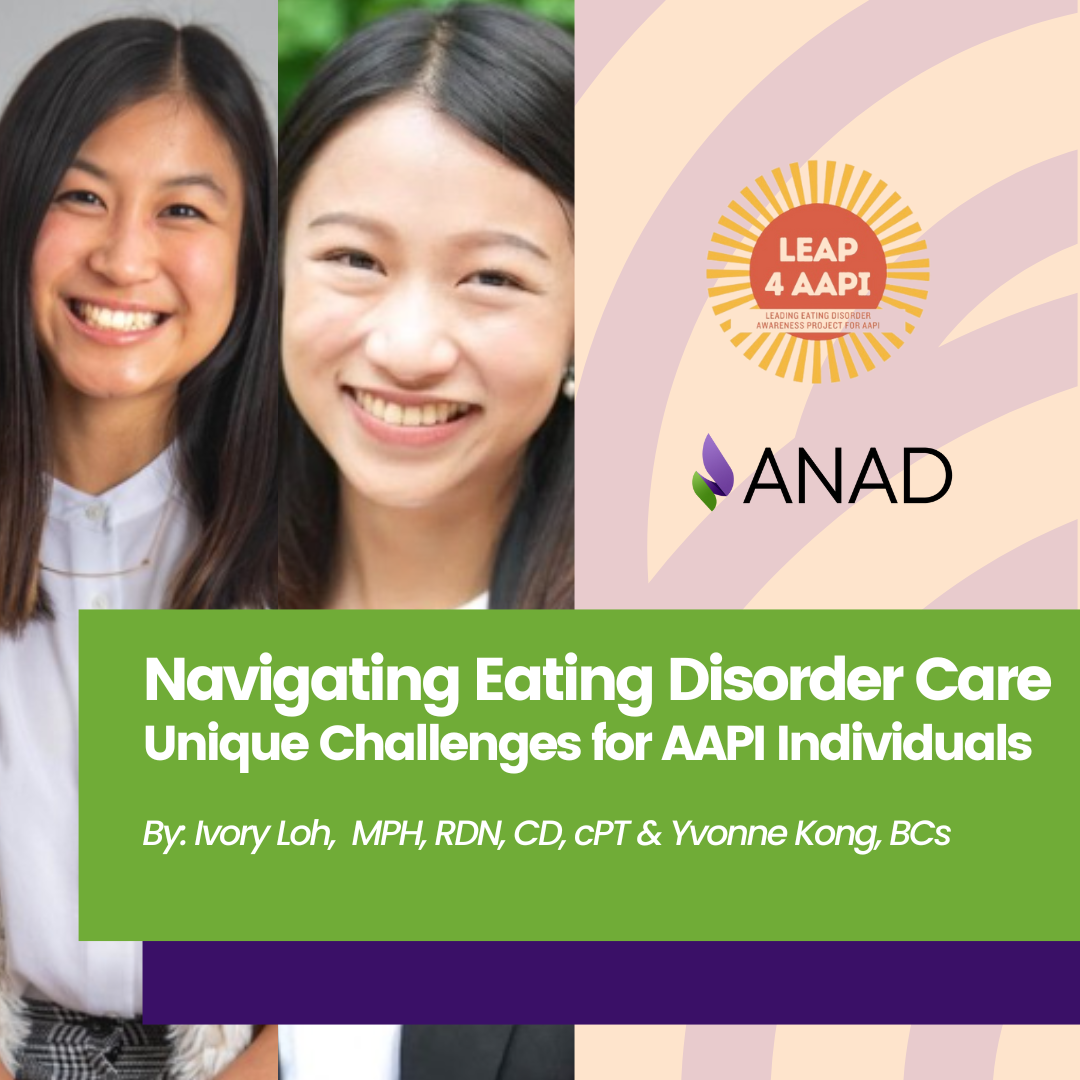1. Role of Community and Collectivistic Values:
In AAPI culture, community values play a significant role and can be both a barrier and a source of strength in eating disorders and disordered eating recovery. The strong emphasis on collectivism over individualism means that the well-being of the group often takes precedence over personal needs. This can lead to challenges when an individual needs to prioritize their recovery, which might be seen as selfish or disruptive to family harmony.
2. Body Ideals and Immigrant Identity
AAPI individuals often navigate multiple body ideals and standards of beauty, which can be confusing and stressful. Immigrants and their descendants might feel the pressure to adhere to both traditional cultural values and those of their new country. For example, setting boundaries with family members around body criticism can be seen as disrespectful, especially when addressing elders, who typically raise these criticisms as an expression of concern and love. This cultural expectation can make it difficult for someone with an eating disorder to voice their needs as well as get those needs met.
Furthermore, AAPI individuals may also be subjected to microaggression and sexual objectification, which exacerbates the pressure to conform to certain body ideals. These experiences can lead to increased self-monitoring and heightened awareness of one’s body, further complicating the path to recovery.
3. Multifaceted Role of Food
Food plays numerous roles in AAPI cultures, complicating the relationship with food for those suffering from disordered eating. It is often a primary way parents show love. Gathering over meals are also often central to family tradition and holiday celebrations. Food also serves as a connection to one’s culture of origin, preserving stories and memories from previous generations. How one eats can signal personal and family values to others; a hearty appetite, not being picky, and not wasting food are praised, sometimes at the expense of listening intuitively to one’s hunger and fullness cues. Furthermore, deviations in body size (e.g., gaining/losing weight since the last family gathering) can attract criticism and unwarranted advice about how much and what to eat.
4. Cultural Food Differences
Food also plays a role in traditional medicinal practices in the East. For example, in traditional Chinese medicine, foods are categorized as “hot-natured / warming (yang)” or “cold-natured / cooling (yin)” with a strong emphasis on balance and moderation. This intertwining of food and health adds another layer of complexity for those with eating disorders, as it can be difficult to navigate these beliefs while trying to adhere to recovery guidelines.
Additionally, the food culture in many Eastern countries differs greatly from the culture in the United States, from the ingredients used to the flavors and textures featured, as well as the overall eating culture. This can be challenging during the recovery process, especially if treatment providers lack cultural competency and do not fully appreciate these complexities. Understanding these cultural nuances is crucial for providing effective support to AAPI individuals in eating disorder recovery.
